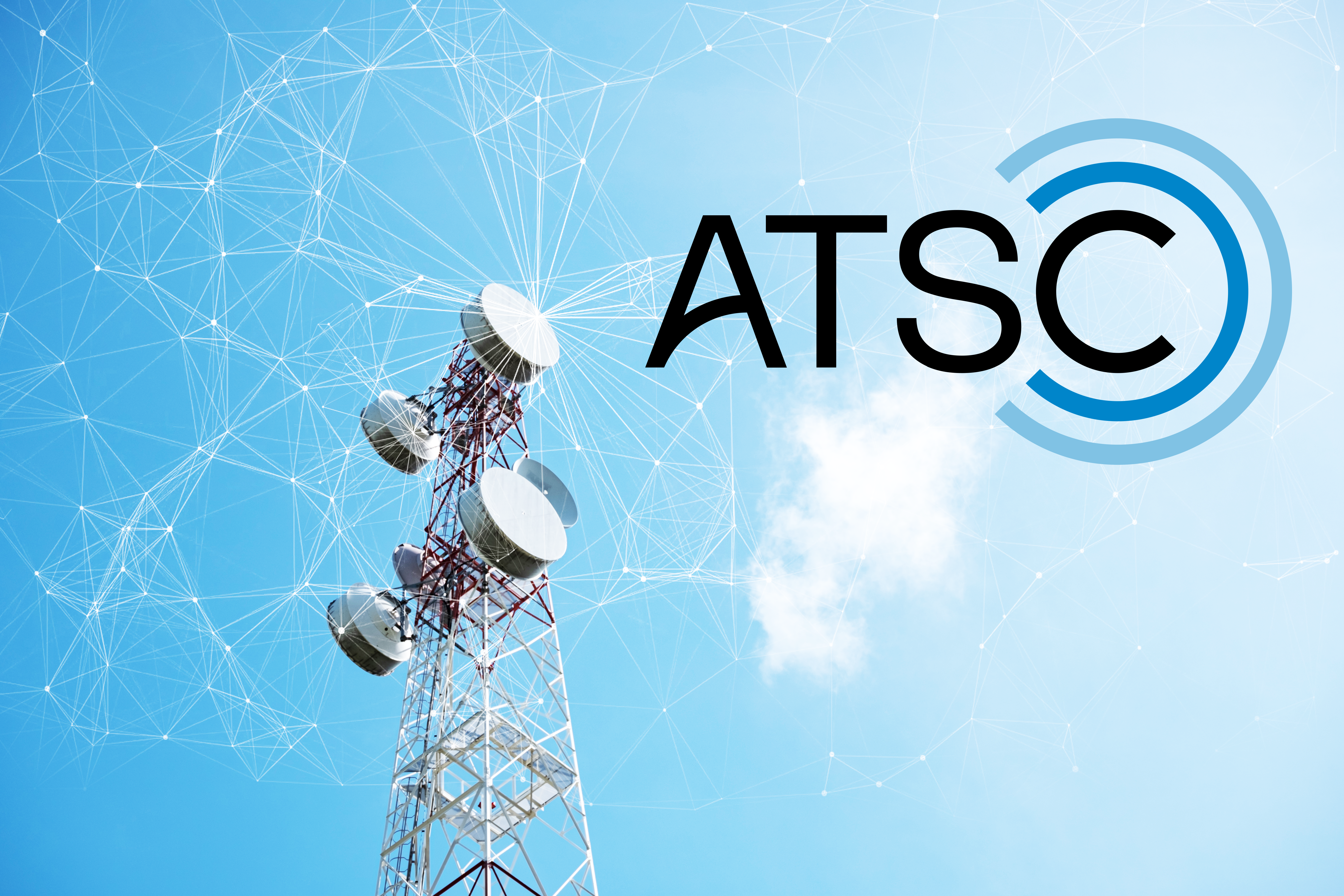- About
- Members
- Sponsors
- Subcommittees
- Technical Documents
- News
- Events
- Spotlight ATSC 3.0
- Contact Us
- Member Login
- Member Meetings
- Advanced Search
Search Site
Member Links
- About
- Members
- Sponsors
- Subcommittees
- Technical Documents
- News
- Events
- Spotlight ATSC 3.0
- Contact Us
- Member Login
- Member Meetings
- Advanced Search
Mobile Broadcasting: Let’s Not Put the Cart Before the Horse
Posted on March 20, 2025 in ATSC News
 Next-generation broadcasting promises many rewards for viewers and for broadcasters, and mobile broadcasting in the U.S. is an exciting future to look forward to as the transition to ATSC 3.0 progresses, but we won’t get there if decisions are made out of sequence.
Next-generation broadcasting promises many rewards for viewers and for broadcasters, and mobile broadcasting in the U.S. is an exciting future to look forward to as the transition to ATSC 3.0 progresses, but we won’t get there if decisions are made out of sequence.
Some very thoughtful people in broadcasting are intrigued by the buzzword of “5G Broadcast” as a direction that U.S. television broadcasters ought to go, even as millions have been invested by stations and consumers in upgrades to the ATSC 3.0 system.
A pragmatic examination of the realities is warranted.
First, no consumer television receivers currently support 5G Broadcast, and while proponents of 5G Broadcast anticipate the arrival of compatible mobile silicon chips, there is no clear path for integrating this technology into TV sets. This means that if 5G Broadcast were to become a practical way to reach mobile devices, full-power broadcasters would still need to use another system, such as ATSC 3.0, to continue reaching the viewing public using television sets for vital news, graphic emergency messages, and enhanced entertainment.
Additionally, the current broadcast spectrum constraints faced by U.S. broadcasters make it impractical to launch mobile services during the ongoing channel-sharing transition period. Mobile broadcasting—regardless of the standard—requires significant bandwidth, and broadcasters will have major challenges allocating the necessary capacity until ATSC 1.0 transmissions are at least largely phased out.
The cart DOES need to come after the horse, after all:
- Mobile services cannot be deployed at scale until broadcasters reclaim broadcast spectrum away from ATSC 1.0 simulcasts.
- ATSC 1.0 cannot be phased out until enough consumers adopt new TV sets or set-top receivers (and thousands are being sold each day, online and in stores.)
- At present, there is no movement toward equipping new TVs with 5G Broadcast receivers, while ATSC 3.0 adoption continues to grow. In fact, more than14 million ATSC 3.0-equipped TVs are already in the market, and most of those are in homes, and low-cost set-top receivers are also developing a foothold.
- Compelling ATSC 3.0 content is one of the factors that will drive consumer adoption of new NextGen TVs and set-top receivers.
Given these realities, full-power broadcasters must complete the transition to ATSC 3.0, to reclaim spectrum resources, and THEN evaluate mobile broadcasting options.
Once ATSC 3.0 is fully deployed, freeing up spectrum resources from simulcasting, broadcasters will have the bandwidth to justify exploring the best way to reach mobile devices—whether through 5G Broadcast, through ATSC 3.0, or even through future technologies like 6G. By that time, global markets such as Brazil or India may also provide further insights into the best path forward.
For additional context on the evolving mobile broadcast landscape, I encourage readers to explore my recent article on the topic: Decoding the Mobile Broadcasting Landscape.
Madeleine Noland is President of ATSC, the Broadcast Standards Association
Posted in ATSC News
News Categories
News Archives
Subscribe
Subscribe to The Standard, our monthly newsletter. Learn More
Join ATSC
ATSC is a membership organization with both voting and observer categories. Voting members include corporations, nonprofit organizations, and government entities, and they participate actively in the work of ATSC. Observers are individuals or entities not eligible to be a voting member.
Subscribe to our Newsletter
Subscribe to The Standard, our monthly newsletter, to stay up-to-date with ATSC news and events around the world.
Site Links
Contact Us
ATSC
1300 I Street NW, Suite 400E
Washington, DC 20005
Do you have questions about ATSC?
About ATSC
ATSC, the Broadcast Standards Association, is an international, non-profit organization developing voluntary standards and recommended practices for digital terrestrial broadcasting. Serving as an essential force in the broadcasting industry, ATSC guides the seamless integration of broadcast and telecom standards to drive the industry forward. Currently, the ATSC 3.0 Standard is providing the best possible solution for expanding the potential of the broadcast spectrum beyond its traditional application to meet changing needs. From conventional television to innovative digital data services, ATSC has one clear goal: to empower the broadcasting ecosystem like never before.
© 2025 ATSC




































